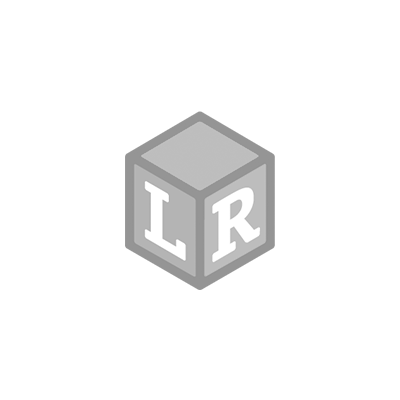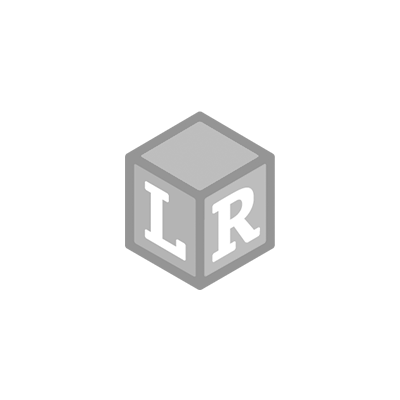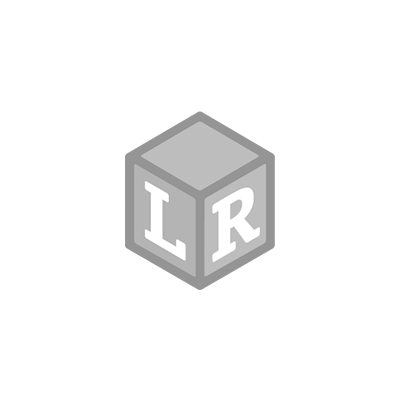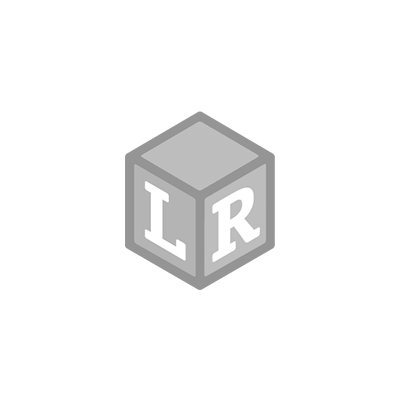
Plant Science For Kids
- Learning Resources Posted On Mar 10, 2023 | Learn
Plants are amazing and they're vital for our planet. Find out about the different parts of plants, how they work, and how bees and insects play a vital part in keeping plants alive and growing.
We’ve also written a children’s guide to growing fruit and vegetables, so take a look and get planting as we learn about plant science for kids. Let's go wild and go outside!
The anatomy of a plant
The four main parts of a plant are the flower, leaf, stem and roots. Each of these parts does a different job. The flower is where the plant reproduces; the leaf is where photosynthesis occurs; the stem stores food and supports the rest of the plant; and the roots absorb water and nutrients from the ground.

Image: mariaflaya/Getty Images
Leaf
The leaf is an organ of the plant which is designed for photosynthesis. Leaves collect carbon dioxide from the air and energy from the sun. They tend to be flat and thin to ensure they catch as much sunlight as possible. Despite this, leaves come in many different shapes and sizes. The leaf of a plant has a blade, midrib and a vein.
- The blade is the flat part of the leaf, it has many green food-making cells and helps to support the plant.
- Veins carry food and water in the leaf and they collect the food made by the green cells.
- The midrib is the large central vein which extends from the base of the blade to its tip. Its job is to provide support to the leaf.

Image: Avalon_Studio/Getty Images
Stem
The stem is the main structure that supports leaves and flowers. Stems have vascular tissues that move food and water around the plant to help it grow. They are also used as a place to store food.

Image: amenic181/Getty Images
Roots
Roots grow underground and gather water and minerals from the soil. More importantly, they keep the plant from falling over. There are two major types of roots, fibrous roots and taproots. Taproots have one major root that grows very deep into the ground, while fibrous roots have many roots that grow in all directions.

Image: DonNichols/Getty Images
Flower
The primary purpose of a flower is reproduction. The petals of the flower are designed to attract insects and bees, so that pollen can be transferred to other flowers. This is called pollination.

Pollination
Pollination is needed for plants to reproduce and many plants, fruits and vegetables depend on bees and other insects as pollinators. Flowers have two reproductive organs: the stamen (male) and the stigma (female). The stamen produce sticky pollen, which needs to get to the stigma in order to fertilise the seeds. But how does it get there?
Lots of insects, especially bees, visit flowers to collect nectar, which is a sweet syrup produced at the very bottom of the flower. The sticky pollen gets stuck to the insects as they squeeze past the stamen to get to the nectar.
And the stigma is sticky too! When the insects push past the stigma, some of the pollen stuck to their bodies get stuck on the stigma instead. This pollen then fertilises the seeds, which are produced in the ovule at the base of the stigma.
When pollen is moved from the stamen to the stigma in the same flower, this is known as self-pollination. But insects also take pollen from one flower to another, and this is known as cross-pollination.
What is Photosynthesis? Plants need food and water to survive, just like us. But plants do it in a different way called photosynthesis. Photosynthesis is a chemical reaction that takes place inside of the plant to produce the food it needs.Photosynthesis takes place in a plant cell containing chloroplasts, these are small structures that contain chlorophyll (the pigment that gives plants their green colour). For the process to take place, plants need carbon dioxide from the air, water from the ground and light from the sun.

Image: andegro4ka/Getty Images
Carbon dioxide enters through the bottom of the leaf, water is absorbed by the roots and sunlight provides the energy needed for photosynthesis to take place.
 The carbon dioxide and water are converted into oxygen (which is released back into the air) and glucose (food for the plant).Photosynthesis is very important for plants because, without it, they wouldn’t be able to make the food they need to survive. Plants are also the main source of oxygen in the atmosphere, so without photosynthesis, all living things would die.
The carbon dioxide and water are converted into oxygen (which is released back into the air) and glucose (food for the plant).Photosynthesis is very important for plants because, without it, they wouldn’t be able to make the food they need to survive. Plants are also the main source of oxygen in the atmosphere, so without photosynthesis, all living things would die.
Getting your kids involvedNo two plants looks the same, so why not take your children on an adventure in a park or even your own garden to try to spot these parts on different plants?Better yet, get them involved in starting a vegetable garden: it’s a fun activity that can get them excited in plant science and also help them learn where their food comes from. Take a look at our guide to fruit and vegetables for tips on how to get started.
Enjoying your outdoor home learning? Why not head over to our Facebook and Instagram accounts, upload a picture of your family learning about plant science and tag us in it!
Plants are amazing and they're vital for our planet. Find out about the different parts of plants, how they work, and how bees and insects play a vital part in keeping plants alive and growing.
Get more outdoor inspiration on our blog:
Plant Science for Kids
The anatomy of a plant
The four main parts of a plant are the flower, leaf, stem and roots. Each of these parts does a different job. The flower is where the plant reproduces; the leaf is where photosynthesis occurs; the stem stores food and supports the rest of the plant; and the roots absorb water and nutrients from the ground. Read more about each important part below.
- Leaf: The leaf is an organ of the plant which is designed for photosynthesis. Leaves collect carbon dioxide from the air and energy from the sun. They tend to be flat and thin to ensure they catch as much sunlight as possible. Despite this, leaves come in many different shapes and sizes. The leaf of a plant has a blade, midrib and a vein. The blade is the flat part of the leaf, it has many green food-making cells and helps to support the plant. Veins carry food and water in the leaf and they collect the food made by the green cells. The midrib is the large central vein which extends from the base of the blade to its tip. Its job is to provide support to the leaf.
- Stem: The stem is the main structure that supports leaves and flowers. Stems have vascular tissues that move food and water around the plant to help it grow. They are also used as a place to store food.
- Roots: Roots grow underground and gather water and minerals from the soil. More importantly, they keep the plant from falling over. There are two major types of roots, fibrous roots and taproots. Taproots have one major root that grows very deep into the ground, while fibrous roots have many roots that grow in all directions.
- Flower: The primary purpose of a flower is reproduction. The petals of the flower are designed to attract insects and bees, so that pollen can be transferred to other flowers. This is called pollination.
What is Pollination?
Pollination is needed for plants to reproduce and many plants, fruits and vegetables depend on bees and other insects as pollinators. Flowers have two reproductive organs: the stamen (male) and the stigma (female). The stamen produce sticky pollen, which needs to get to the stigma in order to fertilise the seeds. But how does it get there?
Lots of insects, especially bees, visit flowers to collect nectar, which is a sweet syrup produced at the very bottom of the flower. The sticky pollen gets stuck to the insects as they squeeze past the stamen to get to the nectar.
And the stigma is sticky too! When the insects push past the stigma, some of the pollen stuck to their bodies get stuck on the stigma instead. This pollen then fertilises the seeds, which are produced in the ovule at the base of the stigma.
When pollen is moved from the stamen to the stigma in the same flower, this is known as self-pollination. But insects also take pollen from one flower to another, and this is known as cross-pollination.
What is Photosynthesis?
Plants need food and water to survive, just like us. But plants do it in a different way called photosynthesis. Photosynthesis is a chemical reaction that takes place inside of the plant to produce the food it needs. Photosynthesis takes place in a plant cell containing chloroplasts, these are small structures that contain chlorophyll (the pigment that gives plants their green colour). For the process to take place, plants need carbon dioxide from the air, water from the ground and light from the sun.
Carbon dioxide enters through the bottom of the leaf, water is absorbed by the roots and sunlight provides the energy needed for photosynthesis to take place.
The carbon dioxide and water are converted into oxygen (which is released back into the air) and glucose (food for the plant).Photosynthesis is very important for plants because, without it, they wouldn’t be able to make the food they need to survive. Plants are also the main source of oxygen in the atmosphere, so without photosynthesis, all living things would die.
Getting your kids involved
No two plants looks the same, so why not take your children on an adventure in a park or even your own garden to try to spot these parts on different plants? Better yet, get them involved in starting a vegetable garden: it’s a fun activity that can get them excited in plant science and also help them learn where their food comes from. Take a look at our guide to fruit and vegetables for tips on how to get started.















